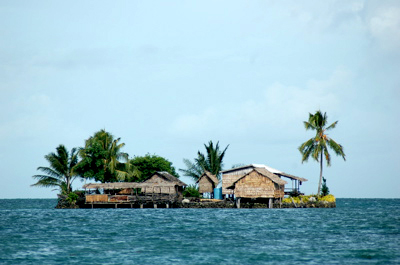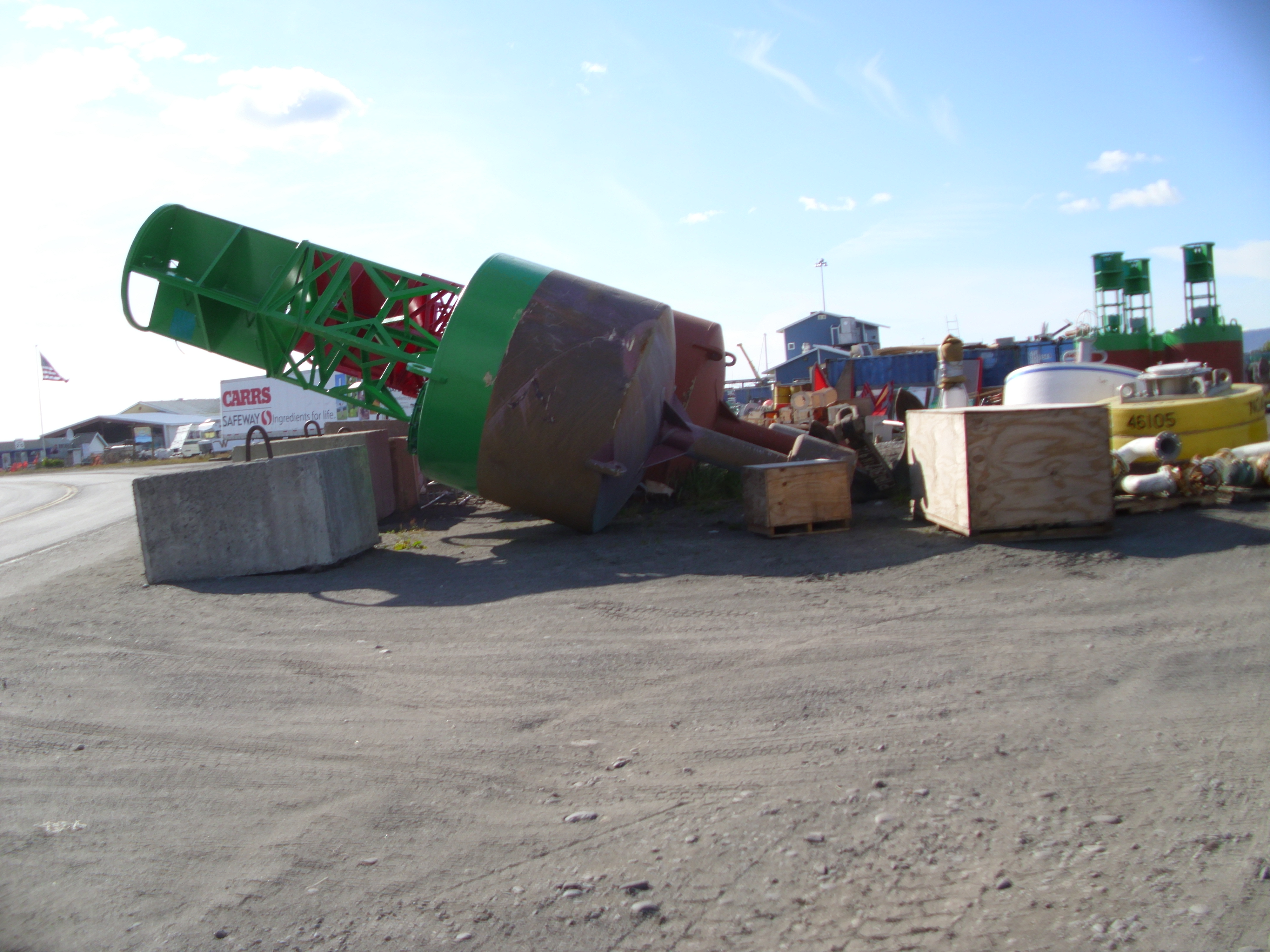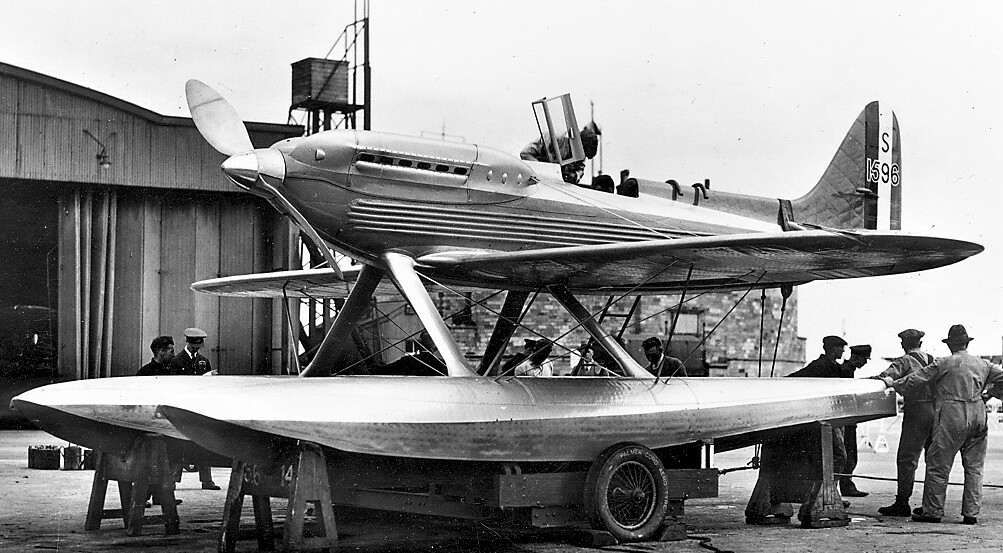|
Pier Protection
Bridge protection systems prevent ship collision damage to a bridge by either deflecting an aberrant ship from striking the piers of a bridge, or sustaining and absorbing the impact. History Protecting bridges against ship collisions got attention of architects and regulators in the last third of the 20th century due to a marked increase in the frequency of collision accidents: worldwide, 30 major bridges collapsed in the 1960-1998 timeframe after being rammed by ships or barges, 321 persons were killed. The rate of smaller accidents is much higher: there were 811 serious accidents that did not cause a collapse just in the United States between 1970 and 1974, with 14 persons killed. Minor collisions are routine: the US Coast Guard gets 35 reports per day. In the US, the turning point was the collapse of the Sunshine Skyway Bridge in 1980. Since then, * A "Committee on Ship/Barge Collision" appointed by the National Research Council issued a report on the history of ship collisio ... [...More Info...] [...Related Items...] OR: [Wikipedia] [Google] [Baidu] |
Ship Collision
Ship collision is a type of maritime incident, a violent encounter involving moving ships. While the standard definition of collision involves more than one moving ship, and an engagement between a ship and a motionless object is formally known as "allision", in practice the word "collision" is usually used to describe also the situation where a moving ship hits a stationary ship or a fixed object such as a bridge. Ship collisions are of particular importance in marine accidents. Some reasons for the latter are: * The loss of human life. * The environmental impact of oil spills, especially where large oil tanker, tanker ships are involved. * Financial consequences to local communities close to the accident. * The financial consequences to shipowners, due to ship loss or penalties. * Damage to coastal or off-shore infrastructure, for example collision with bridges. As sea lanes are getting more congested and ship speeds higher, there is a significant possibility that a ship m ... [...More Info...] [...Related Items...] OR: [Wikipedia] [Google] [Baidu] |
Artificial Island
An artificial island or man-made island is an island that has been Construction, constructed by humans rather than formed through natural processes. Other definitions may suggest that artificial islands are lands with the characteristics of human intervention in their formation process, while others argue that artificial islands are created by expanding existing islets, constructing on existing reefs, or amalgamating several islets together. Although constructing artificial islands is not a modern phenomenon, there is no definite legal definition of it. Artificial islands may vary in size from small islets reclaimed solely to support a single pillar of a building or structure to those that support entire communities and cities. Archaeology, Archaeologists argue that such islands were created as far back as the Neolithic, Neolithic era. Early artificial islands included floating island, floating structures in still waters or wooden or megalithic structures erected in Ocean bank, s ... [...More Info...] [...Related Items...] OR: [Wikipedia] [Google] [Baidu] |
CRC Press
The CRC Press, LLC is an American publishing group that specializes in producing technical books. Many of their books relate to engineering, science and mathematics. Their scope also includes books on business, forensics and information technology. CRC Press is now a division of Taylor & Francis, itself a subsidiary of Informa. History The CRC Press was founded as the Chemical Rubber Company (CRC) in 1903 by brothers Arthur, Leo and Emanuel Friedman in Cleveland, Ohio, based on an earlier enterprise by Arthur, who had begun selling rubber laboratory aprons in 1900. The company gradually expanded to include sales of laboratory equipment to chemist A chemist (from Greek ''chēm(ía)'' alchemy; replacing ''chymist'' from Medieval Latin ''alchemist'') is a graduated scientist trained in the study of chemistry, or an officially enrolled student in the field. Chemists study the composition of ...s. In 1913 the CRC offered a short (116-page) manual called the ''Rubber Handboo ... [...More Info...] [...Related Items...] OR: [Wikipedia] [Google] [Baidu] |
Australia
Australia, officially the Commonwealth of Australia, is a country comprising mainland Australia, the mainland of the Australia (continent), Australian continent, the island of Tasmania and list of islands of Australia, numerous smaller islands. It has a total area of , making it the list of countries and dependencies by area, sixth-largest country in the world and the largest in Oceania. Australia is the world's flattest and driest inhabited continent. It is a megadiverse countries, megadiverse country, and its size gives it a wide variety of landscapes and Climate of Australia, climates including deserts of Australia, deserts in the Outback, interior and forests of Australia, tropical rainforests along the Eastern states of Australia, coast. The ancestors of Aboriginal Australians began arriving from south-east Asia 50,000 to 65,000 years ago, during the Last Glacial Period, last glacial period. By the time of British settlement, Aboriginal Australians spoke 250 distinct l ... [...More Info...] [...Related Items...] OR: [Wikipedia] [Google] [Baidu] |
American Railway Engineering And Maintenance-of-Way Association
The American Railway Engineering and Maintenance-of-Way Association (AREMA) is a North American railway industry group. It publishes recommended practices for the design, construction and maintenance of railway infrastructure, which are used in the United States and Canada. Overview AREMA is headquartered in Lanham, Maryland, a suburb of Washington, D.C. As stated in their mission statement, AREMA promotes "The development and advancement of both technical and practical knowledge and recommended practices pertaining to the design, construction and maintenance of railway infrastructure." AREMA recognizes outstanding achievements in railway engineering with the annual William Walter Hay Award. Beth Caruso was appointed as AREMA's Executive Director/CEO in September 2015. Prior to this appointment, she served as AREMA's Director of Administration. Bill Riehl is the AREMA President and Chairman of the Board of Governors for 2024-25 History AREMA was established on October 1, 1997, ... [...More Info...] [...Related Items...] OR: [Wikipedia] [Google] [Baidu] |
Maritime Pilot
A maritime pilot, marine pilot, harbor pilot, port pilot, ship pilot, or simply pilot, is a mariner who has specific knowledge of an often dangerous or congested waterway, such as harbors or river mouths. Maritime pilots know local details such as depth, currents, and hazards. They board and temporarily join the crew to safely guide the ship's passage, so they must also have expertise in handling ships of all types and sizes. Obtaining the title "maritime pilot" requires being licensed or authorised by a recognised pilotage authority. History The word ''pilot'' is believed to have come from the Middle French, ''pilot'', ''pillot'', from Italian, ''pilota'', from Late Latin, ''pillottus''; ultimately from Ancient Greek πηδόν (pēdón, "blade of an oar, oar"). The work functions of the pilot can be traced back to Ancient Greece and Ancient Rome, Rome, when locally experienced harbour captains, mainly local fishermen, were employed by incoming ships' captains to bring t ... [...More Info...] [...Related Items...] OR: [Wikipedia] [Google] [Baidu] |
Navigational Aids
A navigational aid (NAVAID), also known as aid to navigation (ATON), is any sort of signal, markers or guidance equipment which aids the traveler in navigation, usually nautical or aviation travel. Common types of such aids include lighthouses, buoys, fog signals, and day beacons. Definition According to the glossary of terms in the United States Coast Guard Light list, an ''aid to navigation'' (ATON) is any device external to a vessel or aircraft specifically intended to assist navigators in determining their position or safe course, or to warn them of dangers or obstructions to navigation. Lateral marks Lateral marks indicate the edge of the channel. The standards are defined by the International Association of Marine Aids to Navigation and Lighthouse Authorities (IALA). Approaching harbour port a vessel leaves port hand marks to port (left) and starboard hand marks to starboard (right). Port hand marks are cylindrical, starboard marks are conical. If the mark is a ... [...More Info...] [...Related Items...] OR: [Wikipedia] [Google] [Baidu] |
Fairway (navigation)
Fairway is a part of a water body (bay, harbor, river) containing the navigable channel (also known as a ''ship channel''), a route suitable for ships of the larger size (with draft closer to the draft limit). Fairway depth, width, and height The underwater cross-section of a ship in the channel is limited by the fairway depth and width (bridges may create restrictions for the height above the waterline). Fairway depth is a distance between the seabed/ riverbed and the water surface. The fairway depth of a river varies with the season, so some standardized depth value is used, usually the one corresponding to the low navigable water level (LNWL) defined as the water level that the river stays above during almost the entire navigation season: statistically, the level shall stay below the LNWL for 20 ice-free days per year, corresponding to 5-6% of the ice-free period on European rivers. The fairway width is defined as a width of the cross-section of the river that correspond ... [...More Info...] [...Related Items...] OR: [Wikipedia] [Google] [Baidu] |
Starling (structure)
In architecture, a starling (or sterling) is a defensive bulwark, usually built with pilings or bricks or blocks of stone, surrounding the supports (or piers) of a bridge or similar construction. Starlings may be shaped to ease the flow of the water around the bridge, reducing the damage caused by erosion or collisions with flood-borne debris or river traffic. They may also form an important part of the structure of the bridge, spreading the weight of the piers. The term ''cutwater'' is used for such a structure shaped with water flow in mind, as a pier or starling with a diamond point. A ''starkwater'' is a bulwark against ice floes. Depending on their shape and location, some starlings may accumulate river debris, mud and other objects, potentially creating navigational hazards or hindering downstream water flow. Shape Starlings may form part of a buttress for the vertical load of the bridge piers, so would typically be symmetrical. Other symmetrical starlings may be used o ... [...More Info...] [...Related Items...] OR: [Wikipedia] [Google] [Baidu] |
Float (nautical)
A float (also called a pontoon) is an airtight hollow structure, similar to a pressure vessel, designed to provide buoyancy in water. Its principal applications are in hull (watercraft), watercraft hulls, Floatplane, aircraft floats, Floating dock (jetty), floating piers, aquaculture, pontoon bridge, pontoon bridges, and marine engineering applications such as marine salvage, salvage. Applications Floats make up the multipart hulls of catamarans and trimarans and provide buoyancy for floatplanes, seaplanes and houseboats. They are used in pontoon bridges, floating piers, and floats anchored to the seabed for recreation or dockage. They are also used in shipbuilding and marine salvage, often deployed uninflated then pressurized to raise a sunken object. In military, floats are used as pontoon bridges or transportation platforms for heavier vehicles or machinery. In popular usage, the term ''pontoon'' can refer to any of several of the following objects that make use of nautical ... [...More Info...] [...Related Items...] OR: [Wikipedia] [Google] [Baidu] |
Batter (walls)
In architecture, batter is a receding slope of a wall, structure, or earthwork. A wall sloping in the opposite direction is said to ''overhang''. When used in fortifications it may be called a talus. The term is used with buildings and non-building structures to identify when a wall or element is intentionally built with an inward slope. A battered corner is an architectural feature using batters. A batter is sometimes used in foundations, retaining walls, dry stone walls, dams, lighthouses, and fortifications. Other terms that may be used to describe battered walls are "tapered" and "flared". Typically in a battered wall, the taper provides a wide base to carry the weight of the wall above, with the top gradually resulting in the thinnest part as to ease the weight of wall below. The ''batter angle'' is typically described as a ratio of the offset and height or a degree angle that is dependent on the building materials and application. For example, typical dry-stone const ... [...More Info...] [...Related Items...] OR: [Wikipedia] [Google] [Baidu] |
Pile (construction)
A pile or piling is a vertical structural element of a deep foundation, driven or drilled deep into the ground at the building site. A deep foundation is a type of foundation that transfers building loads to the earth farther down from the surface than a shallow foundation does to a subsurface layer or a range of depths. There are many reasons that a geotechnical engineer would recommend a deep foundation over a shallow foundation, such as for a skyscraper. Some of the common reasons are very large design loads, a poor soil at shallow depth, or site constraints like property lines. There are different terms used to describe different types of deep foundations including the pile (which is analogous to a pole), the pier (which is analogous to a column), drilled shafts, and caissons. Piles are generally driven into the ground ''in situ''; other deep foundations are typically put in place using excavation and drilling. The naming conventions may vary between engineering disci ... [...More Info...] [...Related Items...] OR: [Wikipedia] [Google] [Baidu] |






